Schneider ATV320U75M3C | Variable speed drive ATV320 – 7.5kW – 200V – 3phase – compact
36,078 EGP65,596 EGP (-45%)
ATV320U75M3C | Variable speed drive ATV320 – 7.5kW – 200V – 3phase – compact
Schneider ATV320U75M3C | Variable speed drive ATV320 – 7.5kW – 200V – 3phase – compact
Introduction
The ATV320U75M3C from Schneider Electric is part of the ATV320 series, known for its compact design and robust performance. It is specifically engineered for 7.5kW motors operating on a 200V 3-phase power supply.
Features
- Compact Design: Space-saving solution suitable for various installations.
- Energy Efficiency: Optimized energy consumption for cost savings.
- Advanced Control: Precise speed and torque control for different applications.
- Integrated Safety Features: Built-in protections ensure safe operation.
- User-Friendly Interface: Intuitive interface for easy programming and monitoring.
Benefits
The use of Schneider ATV320U75M3C offers several advantages:
- Reduced Energy Costs: Efficient motor control minimizes energy wastage.
- Enhanced Performance: Smooth and accurate speed regulation improves productivity.
- Reliable Operation: Built-in protections safeguard equipment and personnel.
- Flexibility: Adjustable settings to accommodate different motor requirements.
Specifications
- Power Rating: 7.5kW
- Voltage: 200V
- Phase: 3-phase
- Control Type: Variable speed drive
- Compact Size: Suitable for space-constrained installations
Applications
The ATV320U75M3C finds applications in various industries, including:
- Manufacturing
- HVAC (Heating, Ventilation, and Air Conditioning)
- Pumping stations
- Conveyor systems
- Material handling equipment
Installation Process
- Ensure proper electrical connections as per the manual.
- Configure motor parameters using the intuitive interface.
- Test run the system to verify performance.
Maintenance Tips
- Regularly inspect for dust and debris accumulation.
- Check for any abnormal sounds during operation.
- Follow recommended maintenance schedules provided by Schneider Electric.
Troubleshooting
Common issues users may encounter include:
- Overheating: Check ventilation and cooling systems.
- Motor faults: Verify motor connections and settings.
- Communication errors: Ensure proper wiring and protocol settings.
Comparison
Comparing the ATV320U75M3C with similar drives helps in understanding its unique features and advantages over competitors.
Customer Reviews
Feedback from users highlights the reliability and performance of the ATV320U75M3C in diverse industrial settings.
Future Upgrades
Schneider Electric continues to innovate, with potential upgrades focusing on enhanced connectivity, remote monitoring capabilities, and advanced diagnostics.
Conclusion
In conclusion, the Schneider ATV320U75M3C is a top choice for industrial applications requiring precise motor control and energy efficiency. Its compact design, advanced features, and reliability make it a valuable asset for various industries.
FAQs (Frequently Asked Questions)
- **Is the ATV320U75M3C suitable for single-phase power supply? No, it is specifically designed for 3-phase power systems.
- **Can I integrate the drive with PLC (Programmable Logic Controller) systems? Yes, the ATV320U75M3C supports seamless integration with PLCs for automated control.
- **What safety features does the drive offer? The drive includes overcurrent protection, short-circuit protection, and motor thermal protection.
- **Is the ATV320 series compatible with renewable energy sources? Yes, Schneider Electric provides solutions for integrating renewable energy systems with their drives.
- **Does Schneider Electric offer training for programming and maintenance? Yes, they provide training programs to ensure proper usage and maintenance of their products.
Additional information
| brands | Schneider Electric |
|---|---|
| Range of product | Altivar Machine ATV320 |
| Product or component type | Variable speed drive |
| Product specific application | Complex machines |
| Variant | Standard version |
| EMC filter | Without EMC filter |
| Format of the drive | Compact |
| Mounting mode | Wall mount |
| Option card | Communication module, CANopen Communication module, EtherCAT Communication module, Profibus DP V1 Communication module, PROFINET Communication module, Ethernet Powerlink Communication module, EtherNe |
| Motor power kW | 7.5 kW for heavy duty |
| Net weight | 3.6 kg |
| Height | 232.0 mm |
| Width | 150 mm |
| Depth | 178.0 mm |
| Protection type | Input phase breaks: drive Overcurrent between output phases and earth: drive Overheating protection: drive Short-circuit between motor phases: drive Thermal protection: drive |
| Discrete input number | 7 |
| Discrete output number | 3 |
| Communication port protocol | Modbus serial CANopen |
| Analogue input number | 3 |
| Analogue input type | AI1 voltage: 0…10 V DC, impedance: 30 kOhm, resolution 10 bits AI2 bipolar differential voltage: +/- 10 V DC, impedance: 30 kOhm, resolution 10 bits AI3 current: 0…20 mA (or 4-20 mA, x-20 mA, 20- |
| Analogue output number | 1 |
| Method of access | Slave CANopen |
| Motor slip compensation | Automatic whatever the load Adjustable 0…300 % Not available in voltage/frequency ratio (2 or 5 points) |
| Switching frequency | 2…16 kHz adjustable 4…16 kHz with derating factor |
| Nominal switching frequency | 4 kHz |
| Network frequency | 50/60 Hz |
| Discrete input type | STO safe torque off, 24 V DC, impedance: 1.5 kOhm DI1…DI6 logic inputs, 24 V DC (30 V) DI5 programmable as pulse input: 0…30 kHz, 24 V DC (30 V) |
| discrete input logic | Positive logic (source) Negative logic (sink) |
| discrete output type | Open collector DQ+ 0…1 kHz 30 V DC 100 mA Open collector DQ- 0…1 kHz 30 V DC 100 mA |
| Analogue output type | Software-configurable current AQ1: 0…20 mA impedance 800 Ohm, resolution 10 bits Software-configurable voltage AQ1: 0…10 V DC impedance 470 Ohm, resolution 10 bits |
| Relay output type | Configurable relay logic R1A 1 NO electrical durability 100000 cycles Configurable relay logic R1B 1 NC electrical durability 100000 cycles Configurable relay logic R1C Configurable relay logic R2A 1 |
| Maximum switching current | Relay output R1A, R1B, R1C on resistive load, cos phi = 1: 3 A at 250 V AC Relay output R1A, R1B, R1C on resistive load, cos phi = 1: 3 A at 30 V DC Relay output R1A, R1B, R1C, R2A, R2C on inductive |
| Minimum switching current | Relay output R1A, R1B, R1C, R2A, R2C: 5 mA at 24 V DC |
| 4 quadrant operation possible | |
| Transient overtorque |
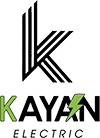
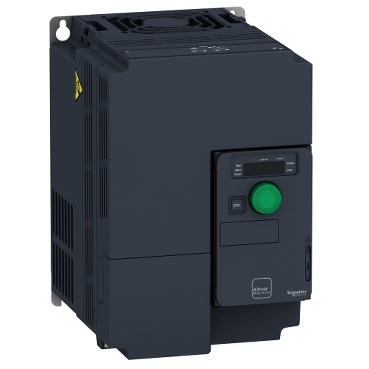
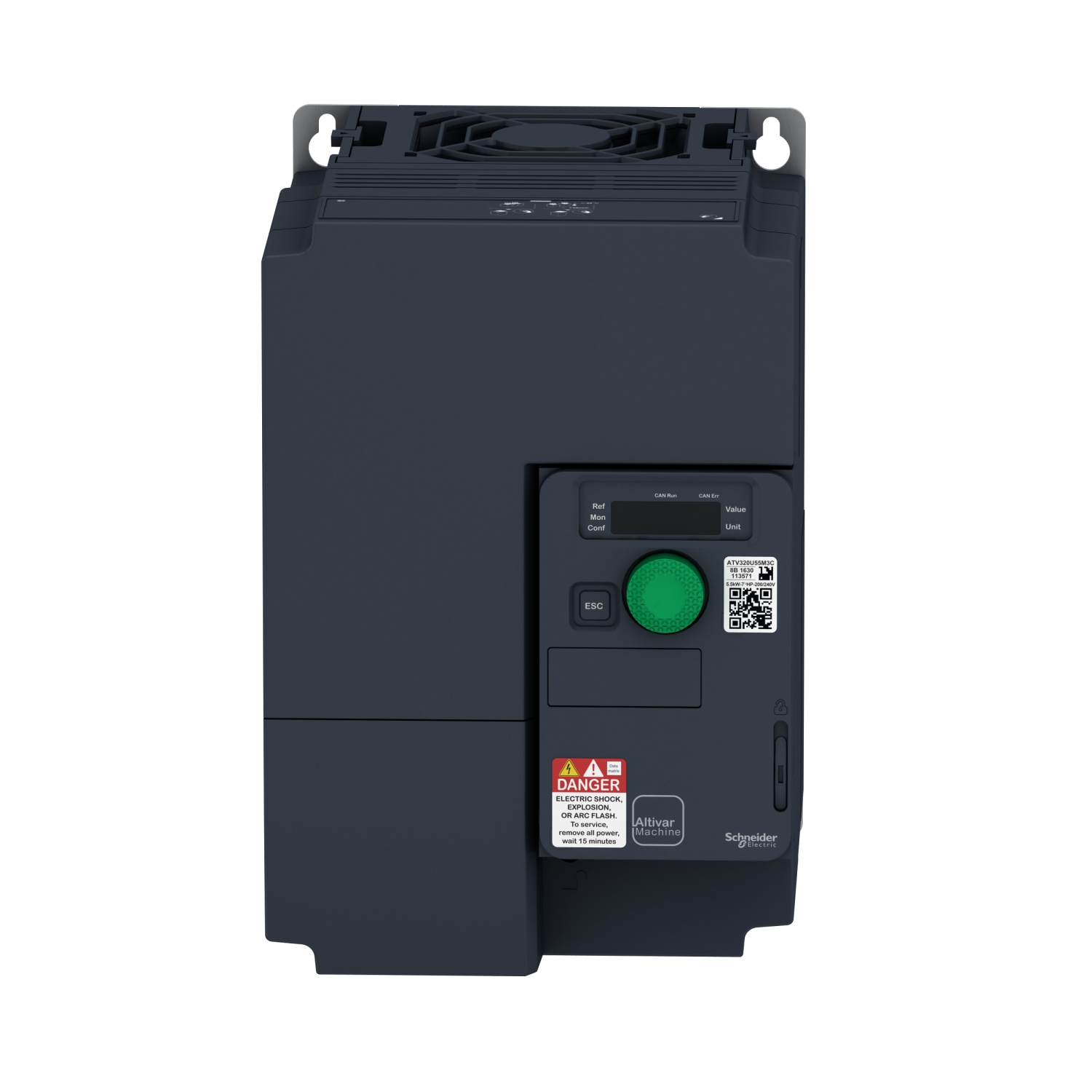
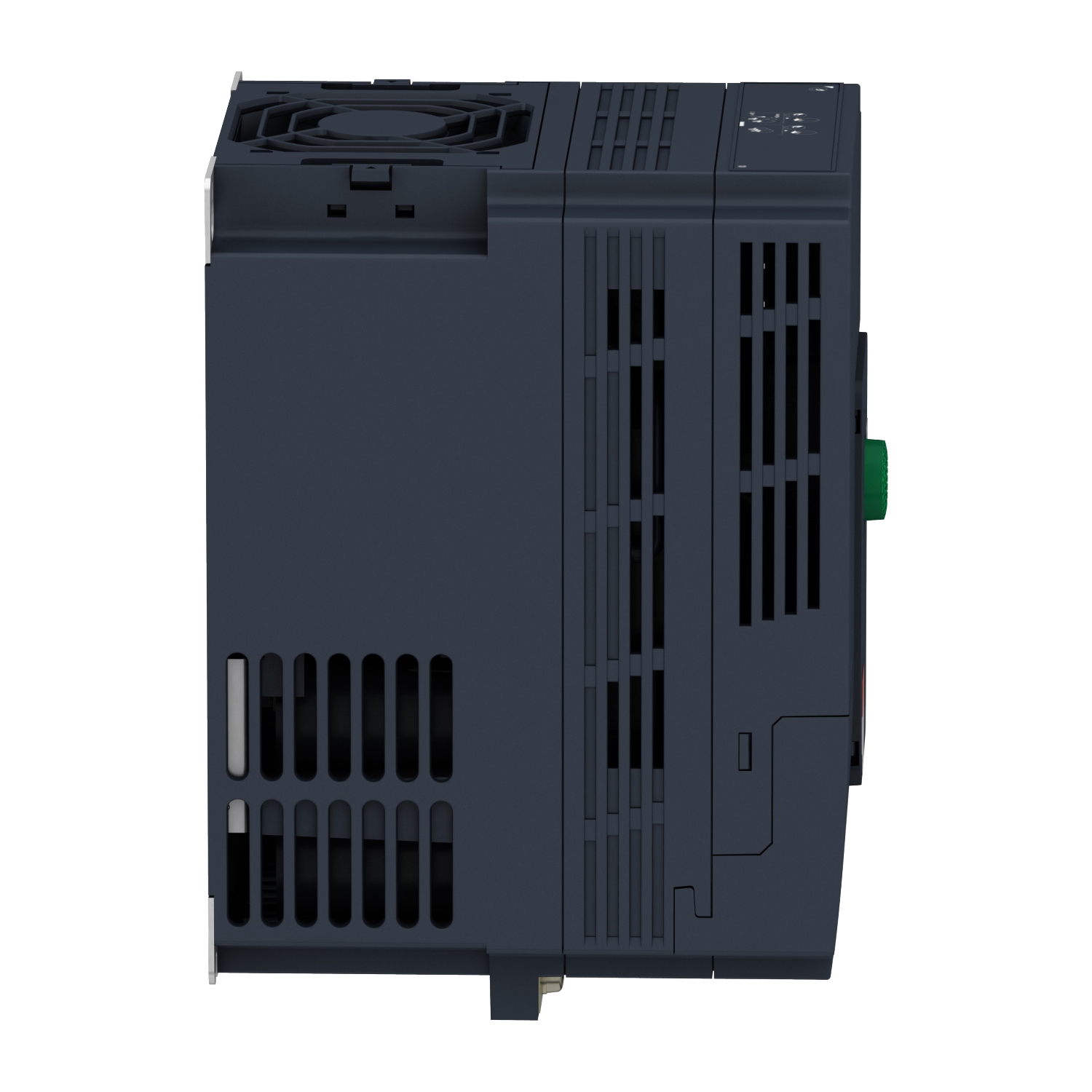
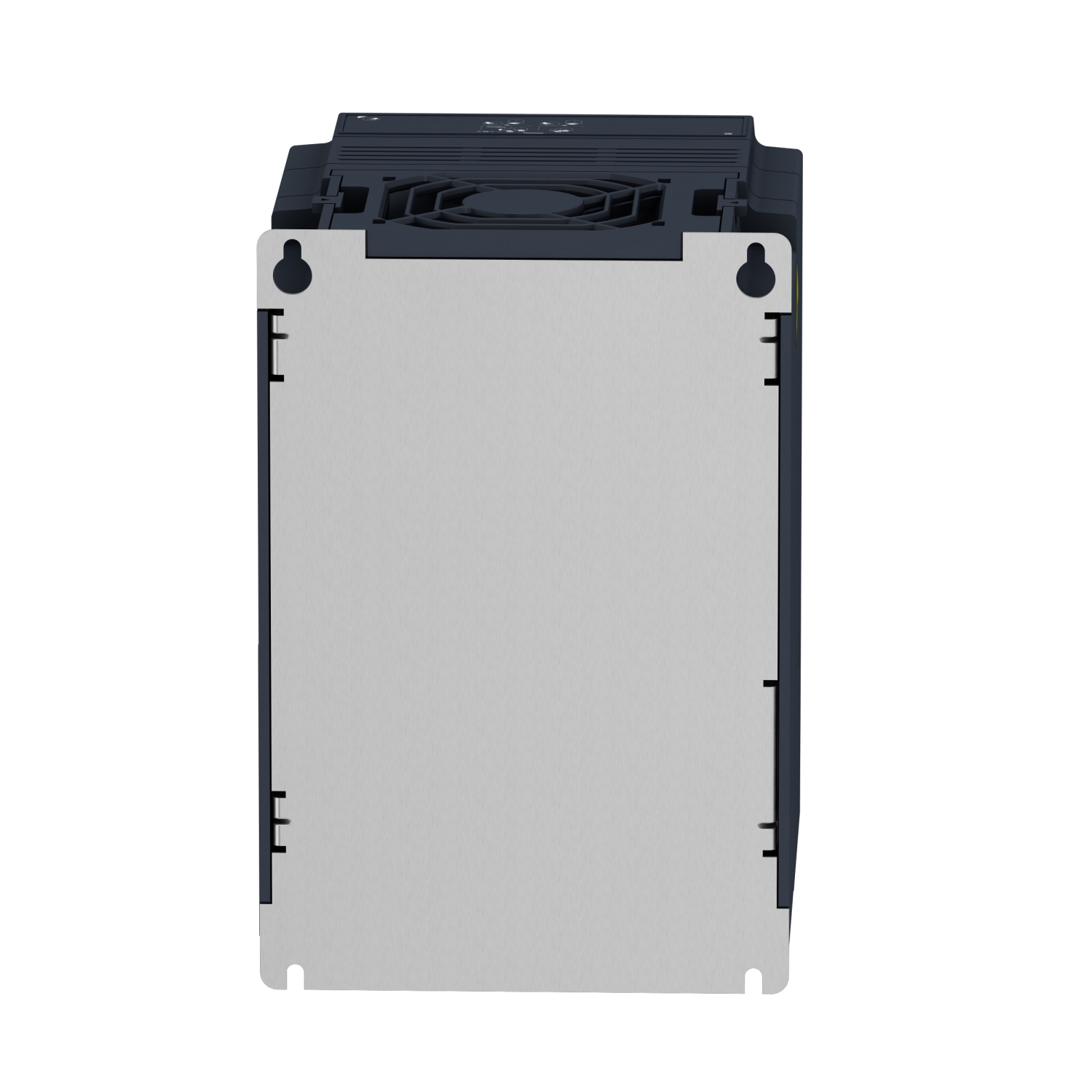
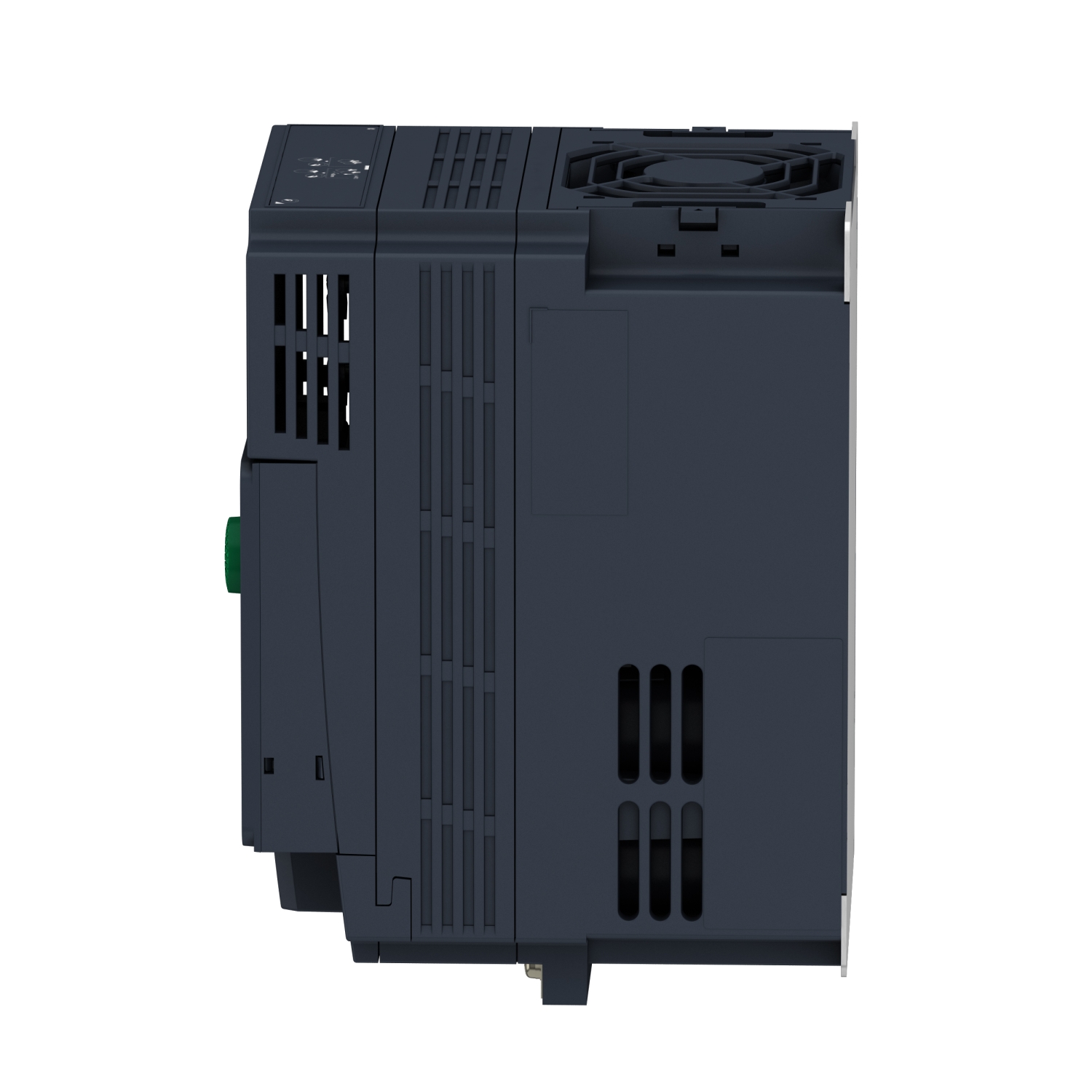
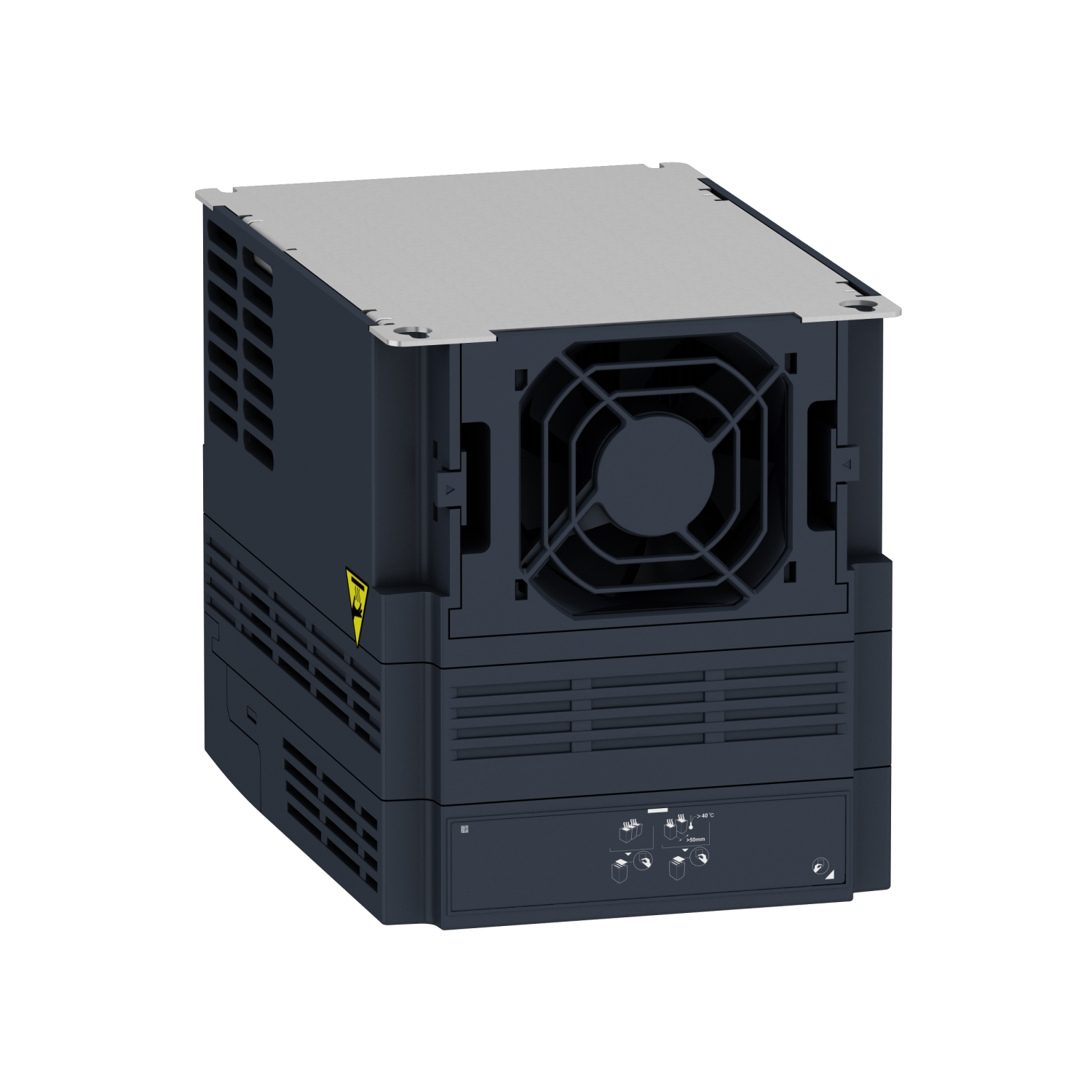
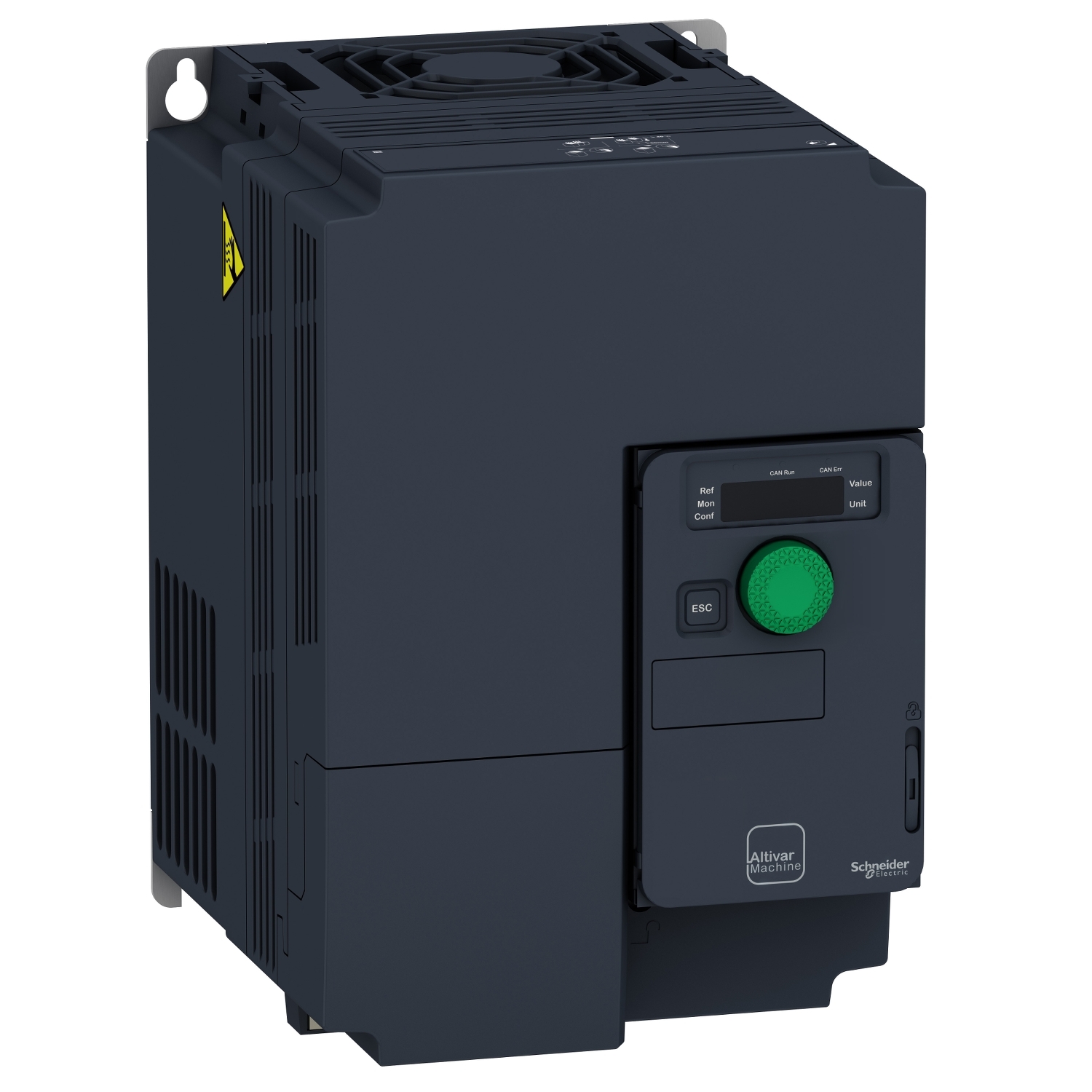
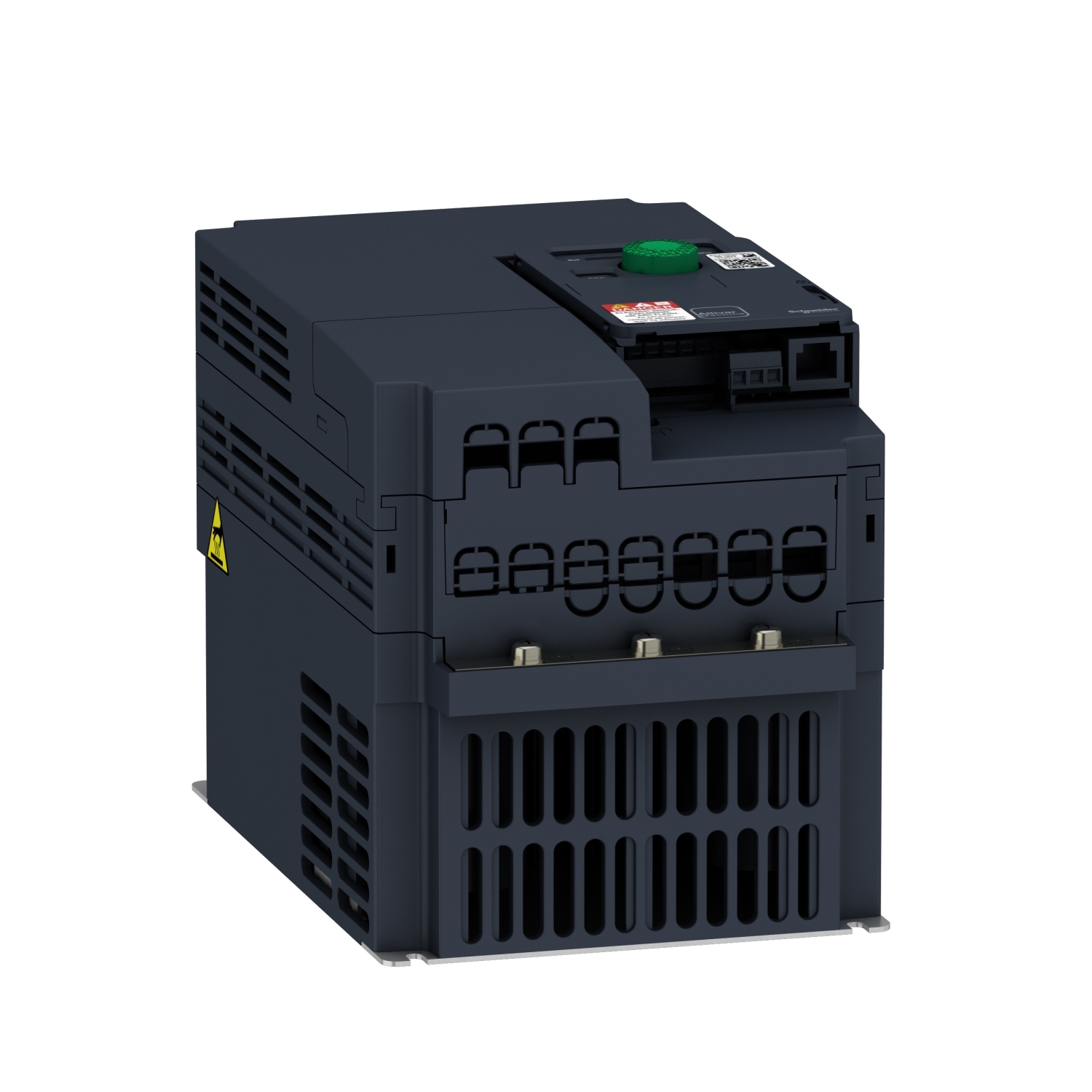
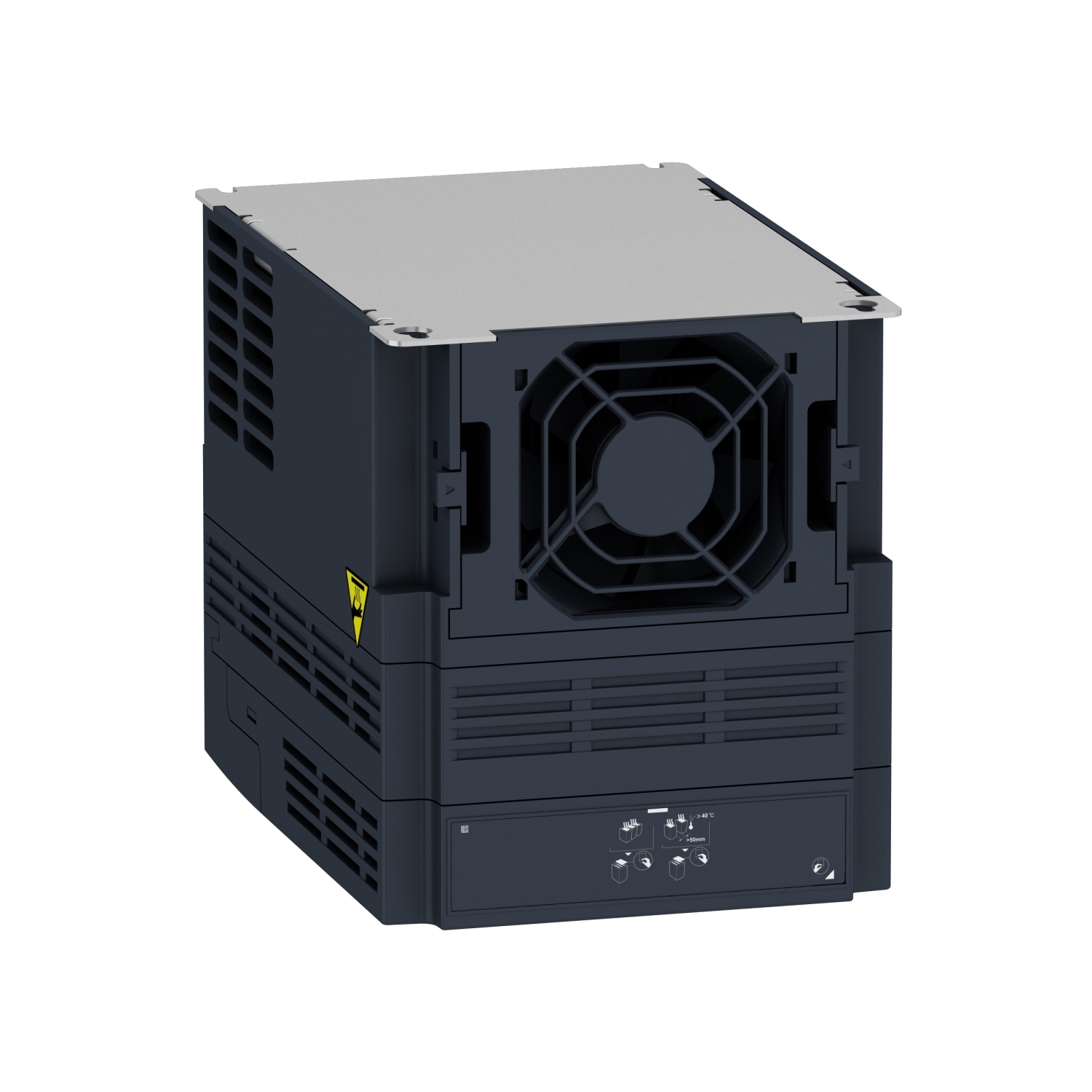

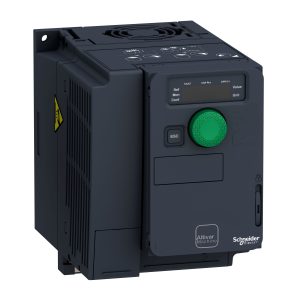
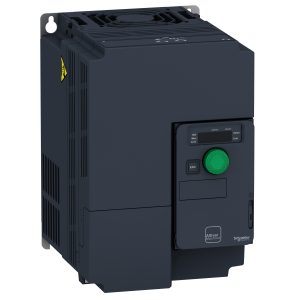
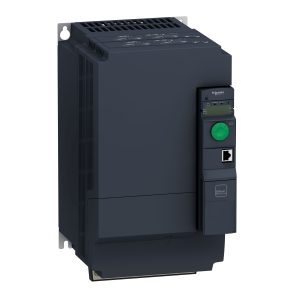
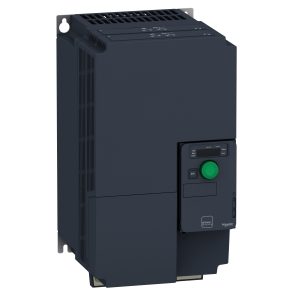
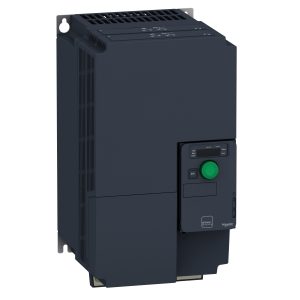
Reviews
There are no reviews yet.